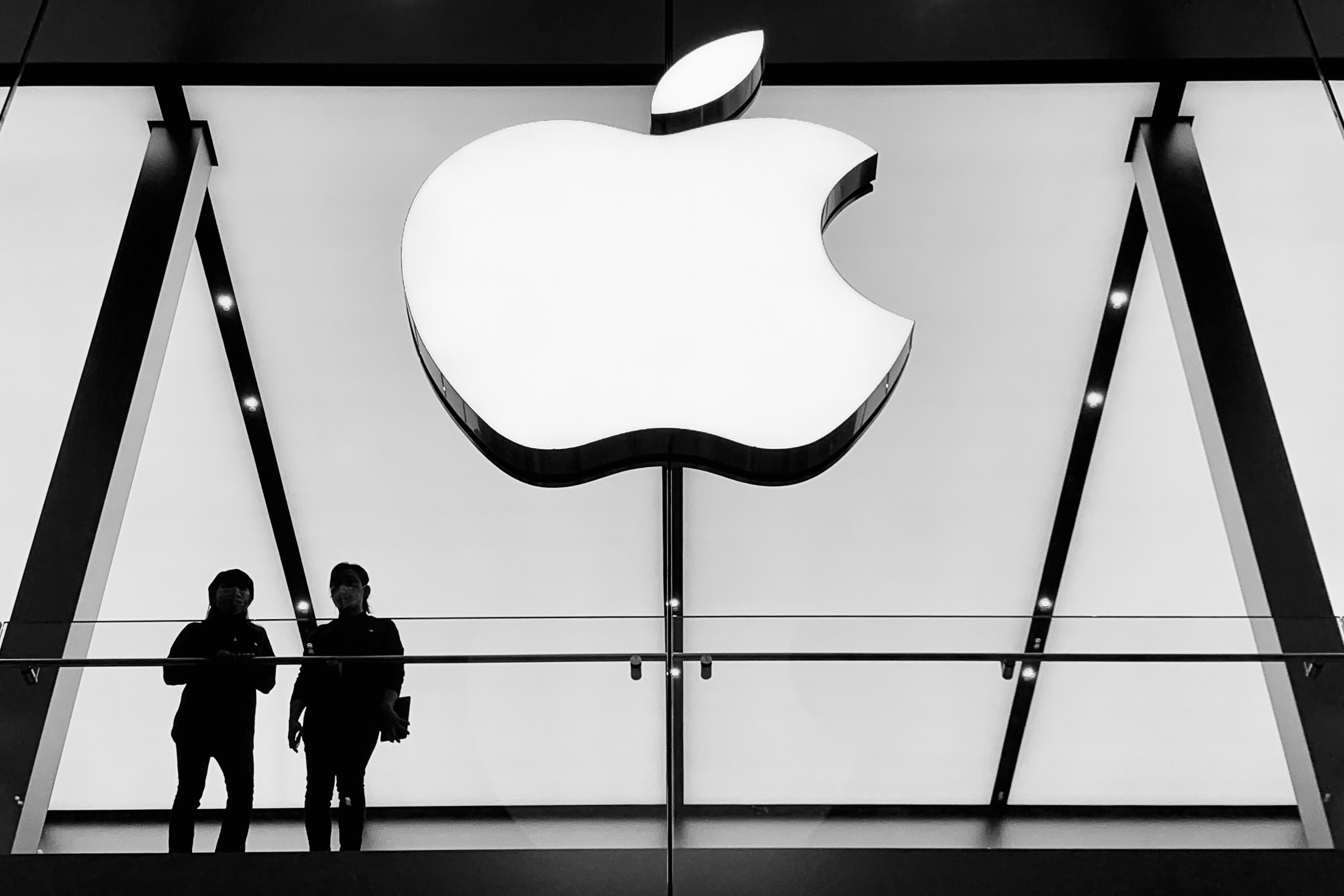You might argue that Apple understands its customers better than the customers themselves. Over the past twenty years it has consistently released technology that is ahead of the curve. Despite many customers initially being sceptical, once they sample the product, they realise that they cannot live without it.
Apple has three key ideas which underpin everything it does, from marketing to design. All of this is centred around the company’s ideal customers. Firstly, showing empathy towards customer needs. Secondly, it disregards anything which does not further these customer needs. Finally, Apple aims to transform customers’ desires into their eventual experiences of the product.
1) Empathy
The first element of Steve Jobs’ strategy is to “truly understand [customers’] needs better than any other company”. This focus on improving customers’ lives is one reason why Apple products become the norm. Apple typically brings out products which people don’t even realise they need yet.
For example, Apple saw that its core customers were beginning to use Bluetooth headphones. It responded by producing AirPods, built specifically to fit into the wider Apple ecosystem. The brand ultimately forced their use upon sceptics by removing the headphone jack from the iPhone in 2016.
By 2020, sales of AirPods alone brought in more revenue to Apple than is generated by Spotify and Twitter combined. This not only demonstrates Apple’s ubiquity but, more importantly, its ability to understand its customers. This empathy is manifested in products which provide a better user experience than their alternatives.
2) Focus
The second element of Apple’ strategy is the total focus on these customer needs. Steve Jobs said that ‘we must eliminate all of the unimportant opportunities’. By this, he meant the provision of the perfect solution to customer problems in its complete form. Rather than offering several half-baked product options, the focus must be on a single approach.
This requires a deep understanding of customers’ needs because products cannot hide behind a series of smoke screens. This has the added bonus of making designers produce more user-friendly products. The focus on customer needs rather than ‘bonus features’, makes products easier to use. This led a review in TIME Magazine to say that ‘ease of use is more important than the product itself’.
3) Imputation
This word may not mean a huge amount to most people. However, for Steve Jobs this meant the necessity to provide customers with the best service. Customer service must excel not only overall, but at every stage of interaction.
Jobs was a firm believer that ‘customers do judge a book by its cover’. Therefore, Apple had to provide exceptional experiences to create the desired brand affinity. Customers are willing to pay more for products with the air of luxury.
That is why Apple stores are laid out like cathedrals of technology with open spaces and knowledgeable staff. Similarly, iPhone boxes slide open slowly to add suspense – and extend the feeling of luxury. This first impression of luxury is vital in fulfilling the customer experience.
Apple’s three easy steps to put the customer at its centre have allowed it to become the world’s largest technology company. It is astonishing to think that such a huge company has such a simple strategy. Yet the most straightforward strategies are often the most effective.
At Hyve we can help you quickly understand where you currently are and help you get to where you need to be in order to create a brand advocacy programme that can help you increase revenue and enhance reputation.





